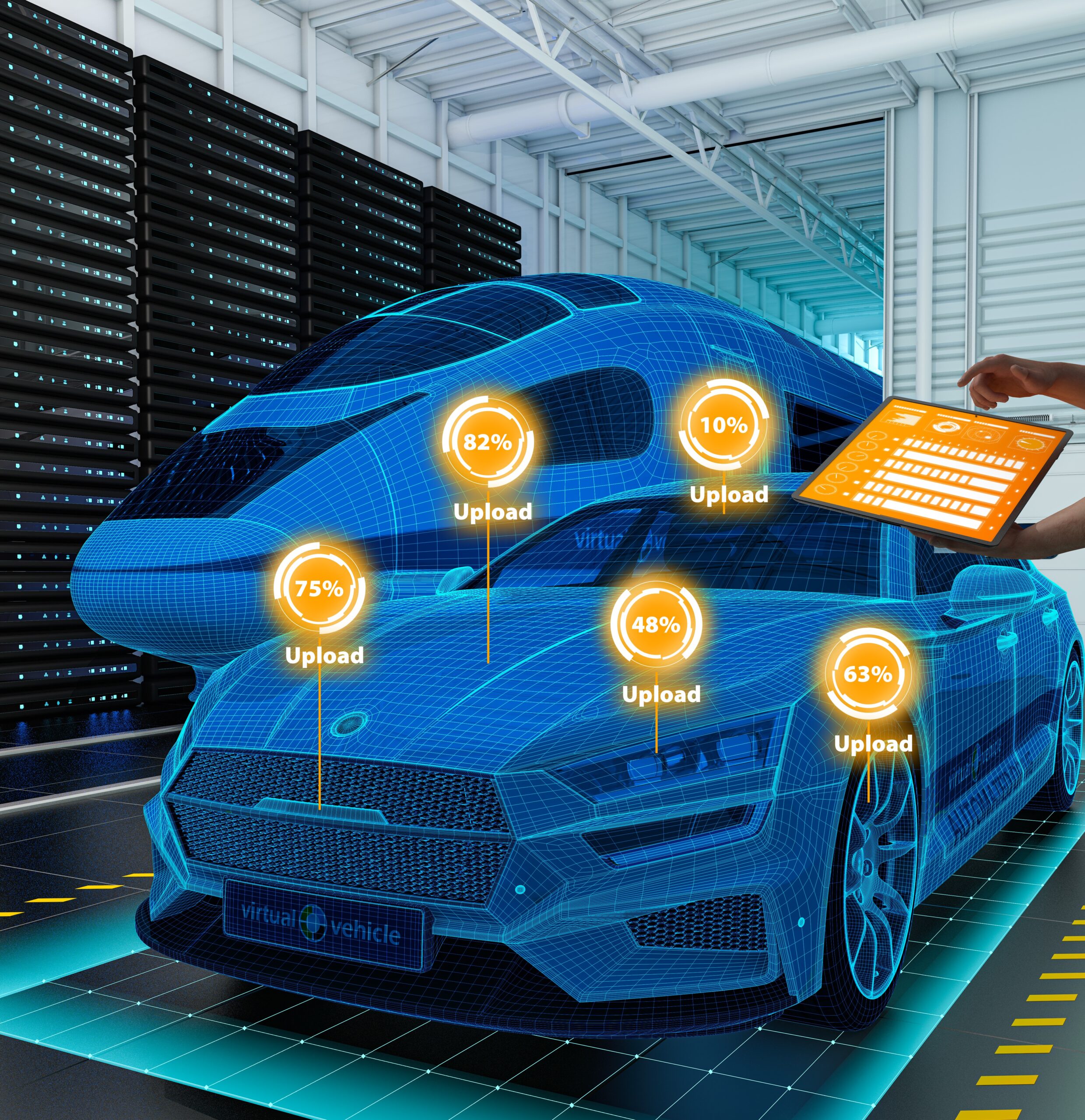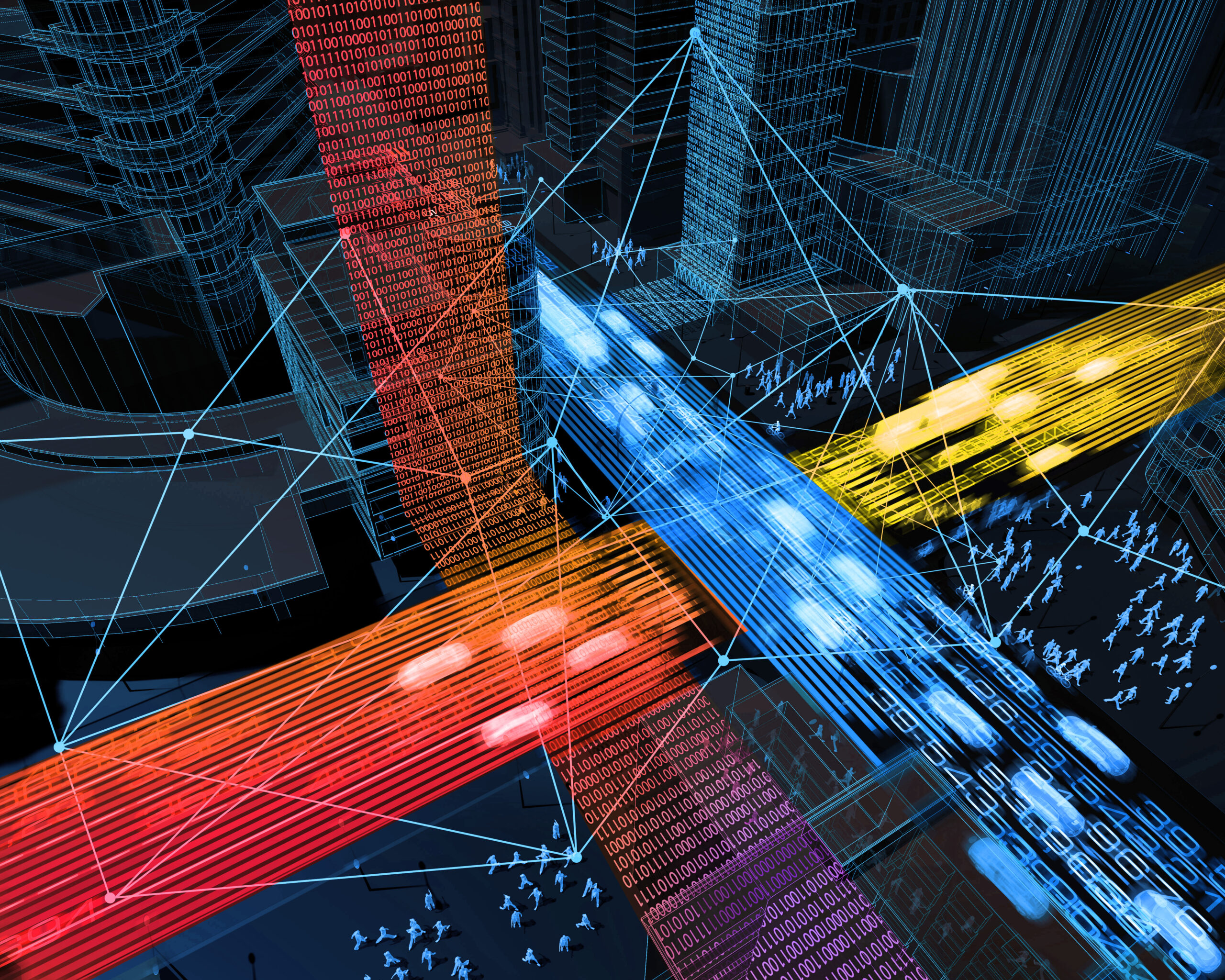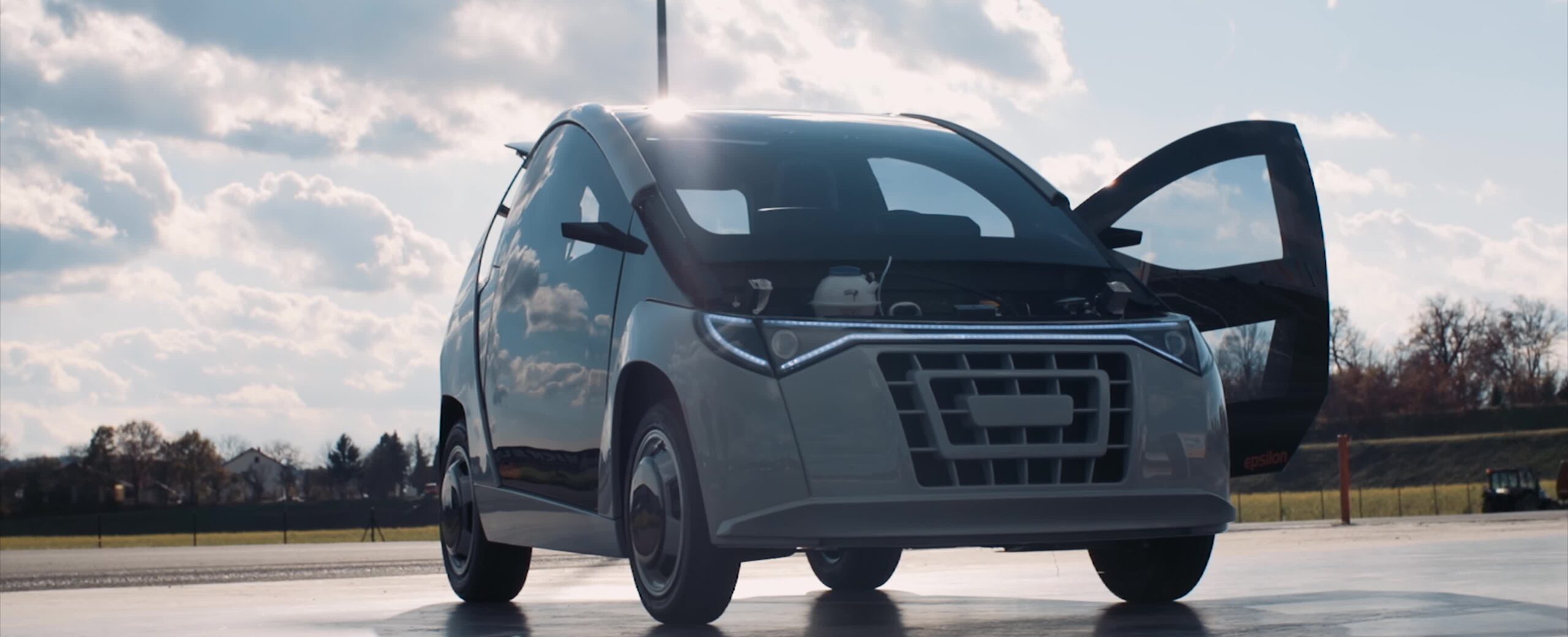
Continuous Integration
Pipelines & Knowledge Graphs
Co-Simulation reduces system complexity and supports continuous integration of various development threads. Continuous integration is realized through so-called “pipelines.” Pipelines describe workflows for automated build, integration, and test execution. Additional tasks like massively parallel testing or optimization for design space exploration are possible.
Future approaches focusing on vehicle development aim for automated pipeline generation from knowledge graphs.
Complexity is hidden by an automated build, integration, deployment, and test framework. Various tasks within workflows are implemented as microservices for flexible definition of macro services in a service-oriented architecture.

Continuous and Agile Vehicle System Development
Vehicle development according to the V-model is characterized by the fact that verification and validation are already specified during the planning phase.
Vehicle systems, like the engine, E/E architecture, ADAS, and braking system, are overseen by modules. These modules are responsible for planning, specifying, integrating, simulating, testing, and validating the systems within the overall vehicle package.
Using numerical simulation models involves integrating model development into the overall development process, similar to software function development. This ensures constant updates to the model and simulation based on real measurements and insights.
The continuous integration and development of mechatronic systems are focused on the availability of simulation models at specific detail levels and stages of maturity.

